Treasure hidden in the sand
Discussing the town of Kolomanskop cannot be done without a broader look at its history – without going back to the beginning of the 20th century when Namibia was still called South West Africa and was a German colony. It was then that the builders of the railway between Luderitz and Aus find the first diamonds. Hundreds of prospectors flock to the area immediately, and the prices for accommodation, food and water shoot up. It is 1907. Diamond fever breaks out.
The diamonds lie on the ground. One only has to wear tinted goggles or glasses, lie on the ground and start combing through the sand. Anyone could do this, but not everyone is successful.
Soon, the German government decides to regulate the issue of extraction. The entire area is closed, and extraction is left only to a few entrepreneurs. Diamond mining on an industrial scale begins.
The rise and fall of the town
The small town of Kolmanskop, established near the mines, immediately becomes the administrative centre of the diamond industry. Around 300 workers from Germany settle here. Many of them, attracted by the guarantee of permanent work and high profits, bring their entire families. The most important people – the director, accountant, quartermaster and mine architect live in stately, two-storey homes. The remainder – lower-ranking specialists – occupy smaller, one-storey homes. Kolmanskop becomes an oasis of German culture, offering entertainment and recreation tailored to the needs to the wealthy colonisers. There is a steam room, swimming pool, tennis courts, carrousel, bar, casino, bowling alley as well as a large multipurpose room where they organise balls and concerts and watch plays or films. The residents’ origins and ways of spending free time also influences their manner of dress. In accordance with currently prevailing fashions and trends. Women import clothes from Europe, adorning them only with local additions. Men wear suits, ties, patent leather shoes and black top hats on their heads. The residents live in relative luxury, given the harsh conditions and isolation. And in great contrast – the 800 contracted workers, native inhabitants of Namibia, live in plain barracks several kilometres away.
A very modern, completely automated bakery as well as a butcher’s shop and an ice factory are also built in the town. There is also a police station, post office, school and a large, modern hospital with the only Roentgen machine in that part of Africa.
This era of prosperity ends as quickly as it began, however. Newer and much richer deposits of diamonds, which are additionally several times larger, are discovered at the estuary of the Orange River some 200 km away. The fate of the town, which had existed for scarcely 20 years, seems a forgone conclusion. The first to leave the city are the regular workers, who relocated to the newly established town of Oranjemund. Several years later, the headquarters of the enterprise, the entire management and administrative personnel are also moved. The year is 1943. The lifeless Kolmanskop is left at the mercy of the desert.
Sand – the symbol of the passage of time
More than half a century later, the abandoned town, surrounded on all sides by the desert, is disappearing under the pressure of the omnipresent sand. The desert slowly but systematically absorbs all the buildings, regaining what has always belonged to it. It penetrates into their interiors, creating abstract, unique motifs not seen anywhere else. The symmetrical lines of the doorframes are cut through by the undulating lines of picturesque dunes. The fanciful ornaments on the ceilings emphasise the naturalness of the colours and the simplicity of their completion. The mirror-like reflection of the windows, the sunbeams coming through holes in the ceilings. The subtle play of light and shadow. A surreal sight.
WANT TO KNOW MORE?
If you would like to see unpublished photos or keep updated the preparations for my next trips to Africa, Chernobyl and Japan, add me as a friend on Facebook or choose the FOLLOW option.






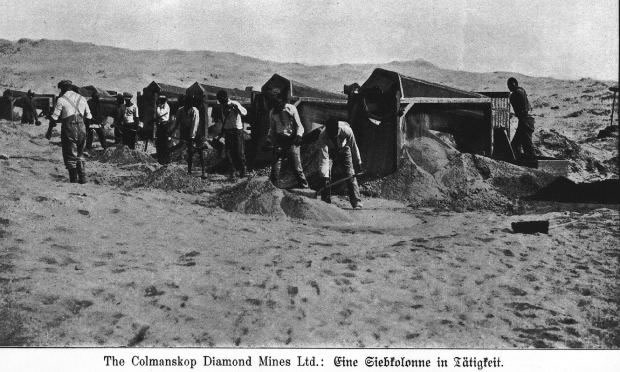
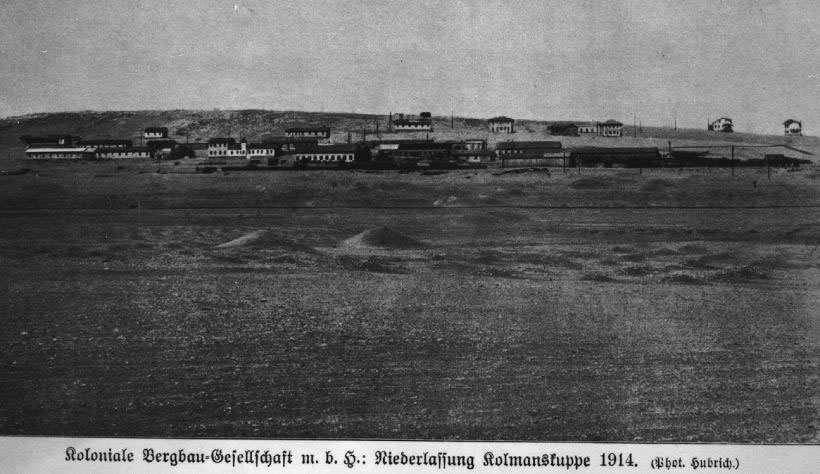
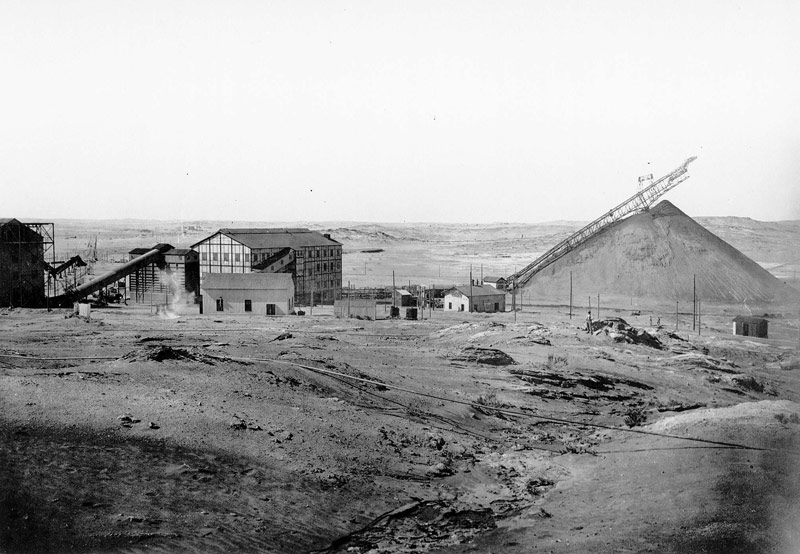

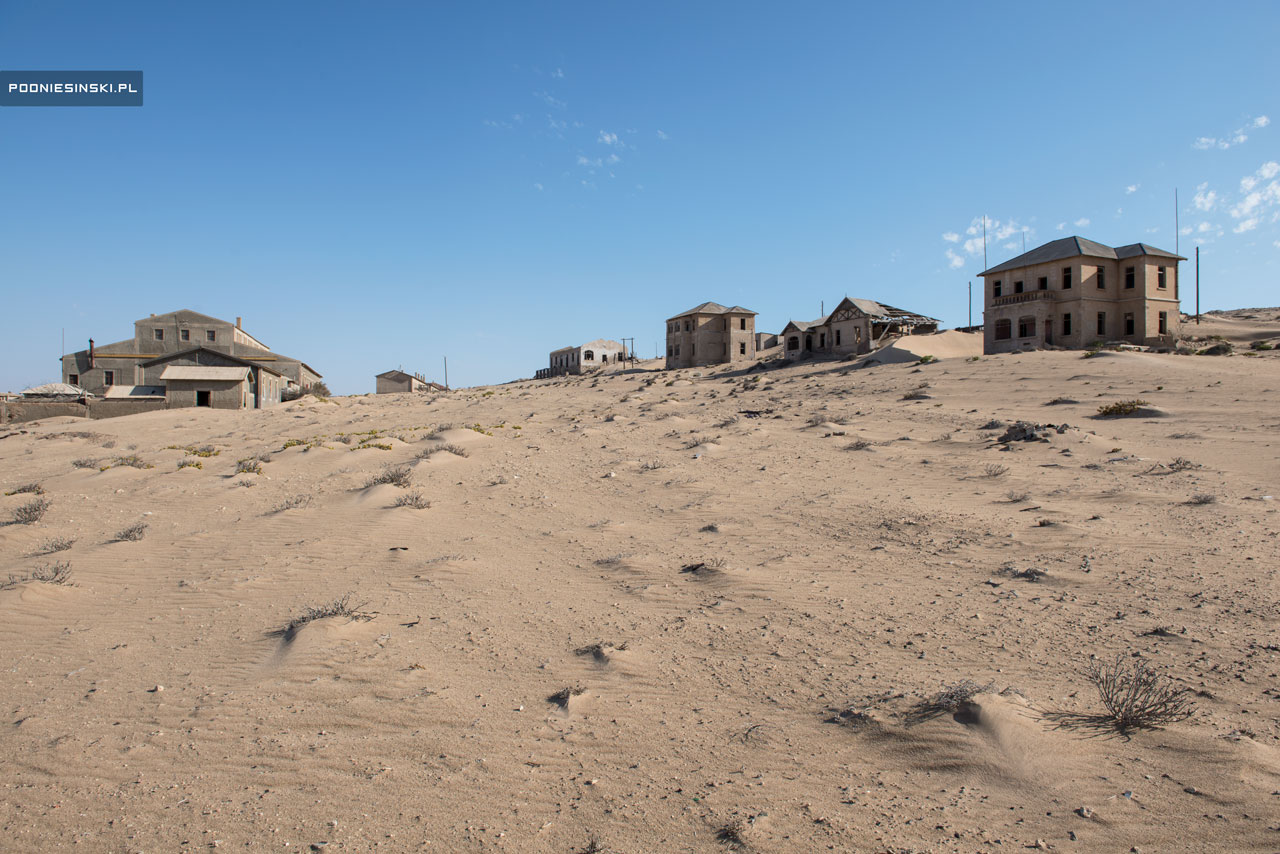






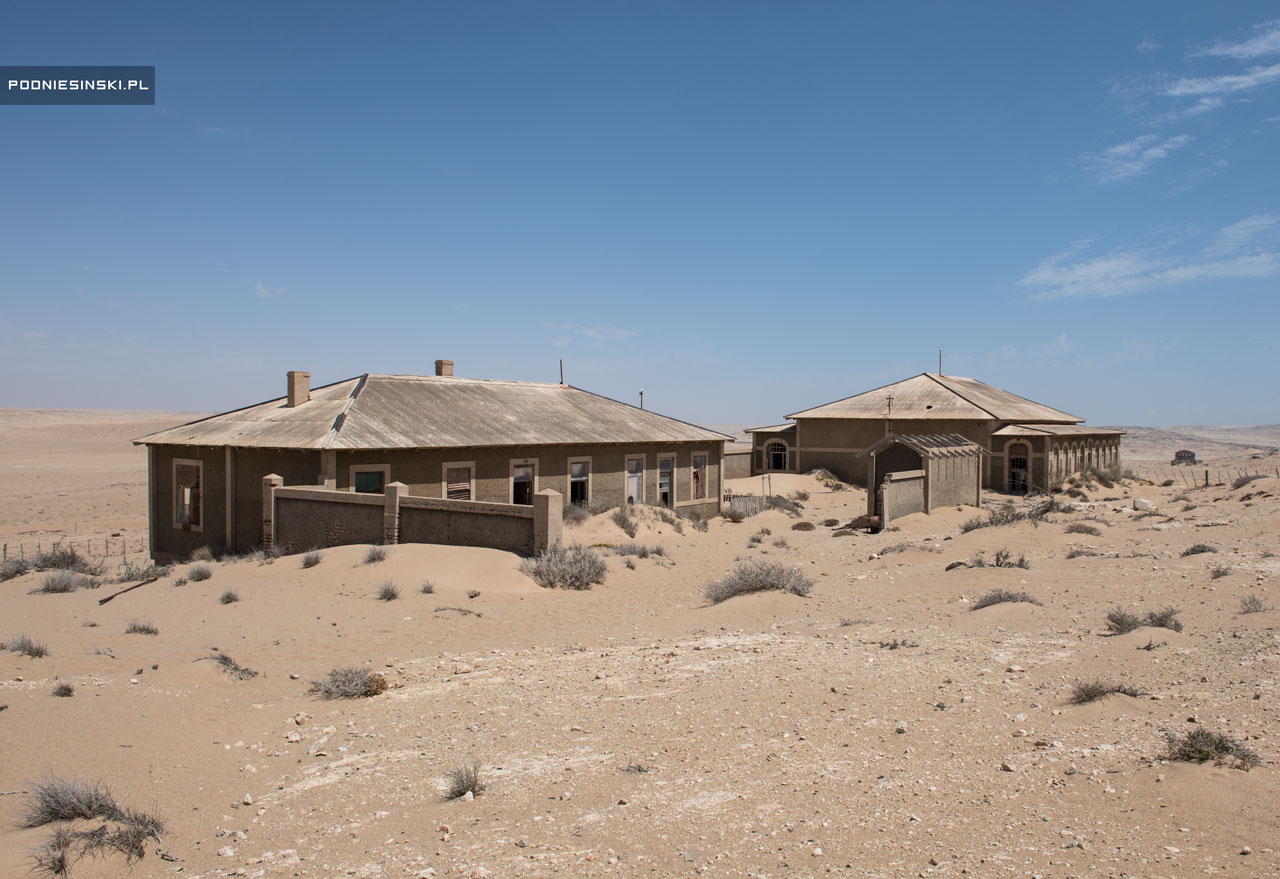

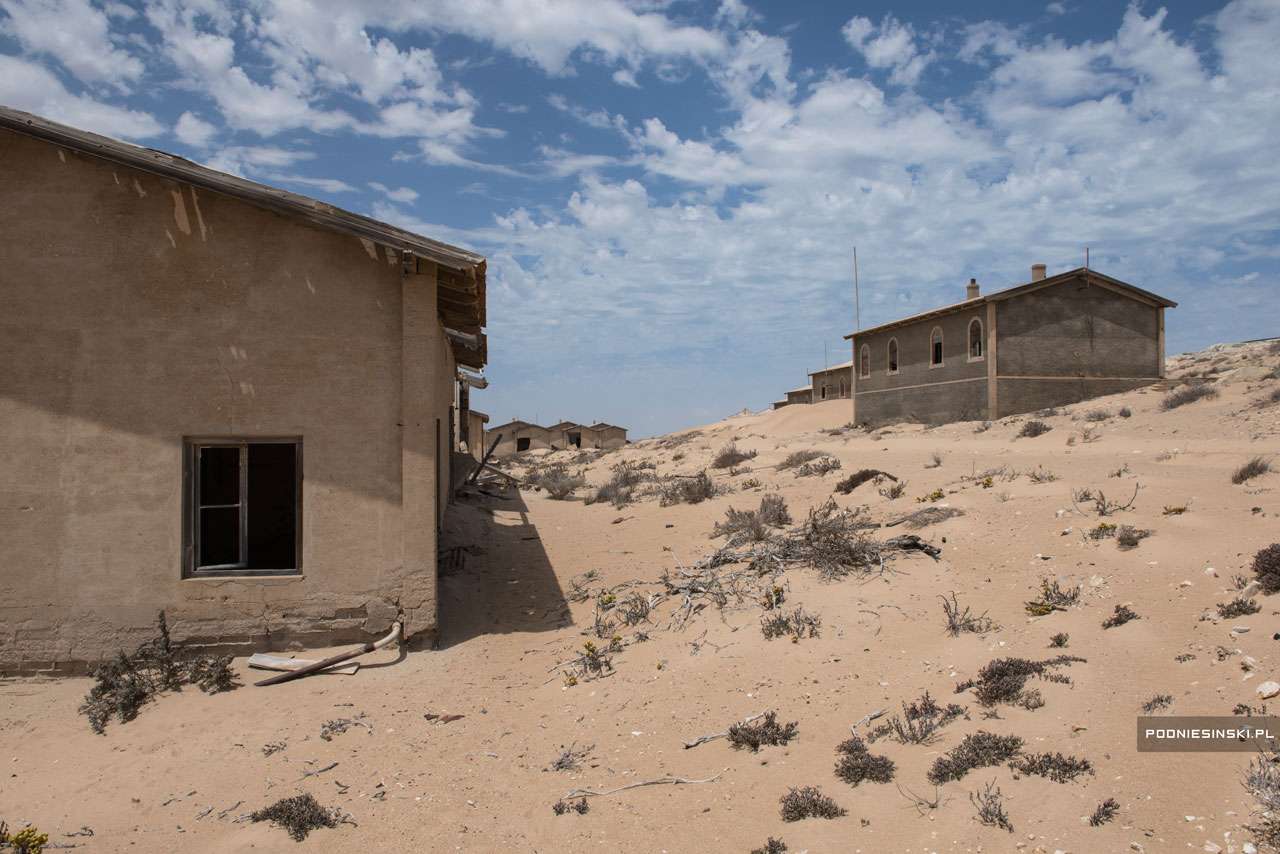
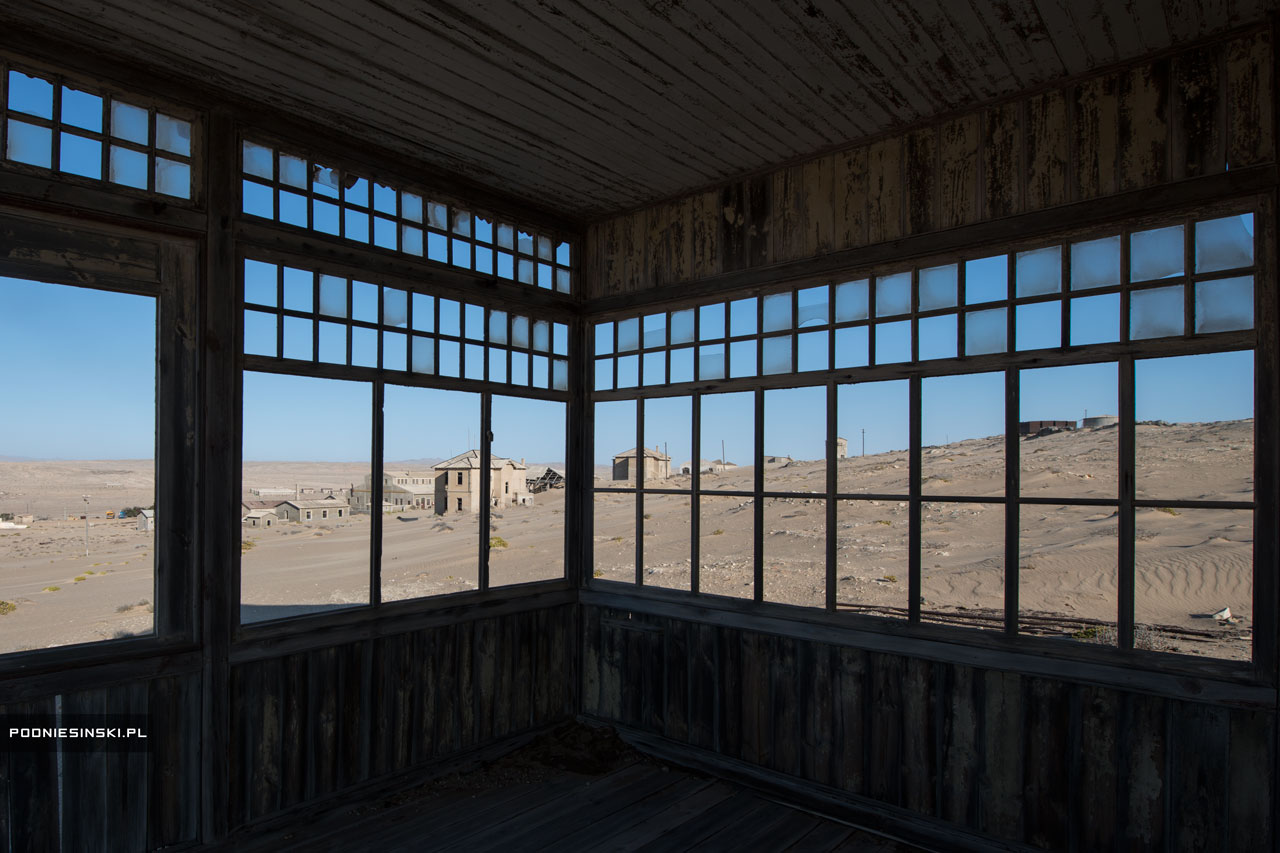







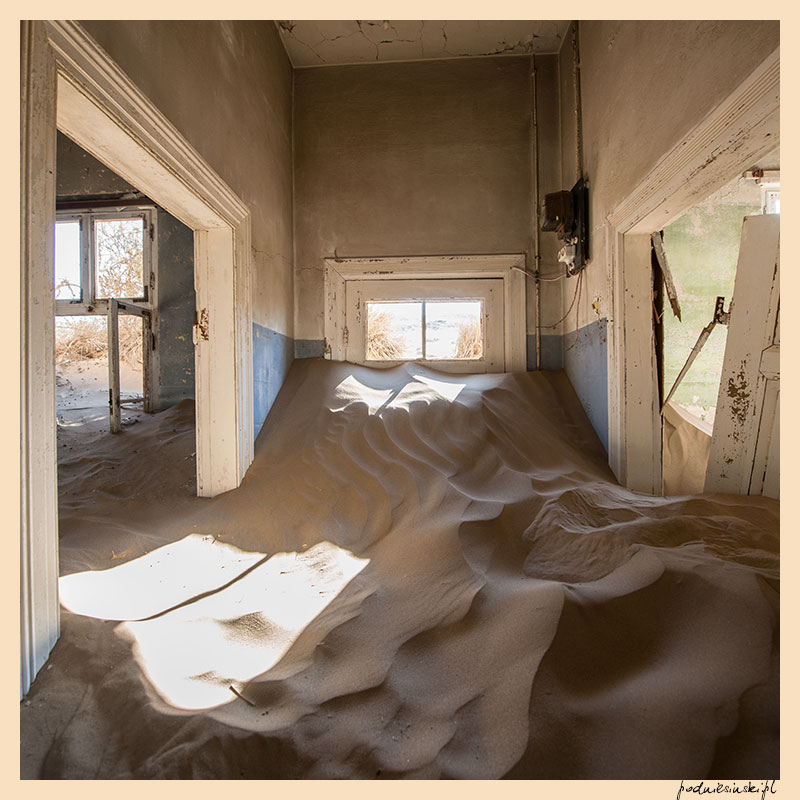
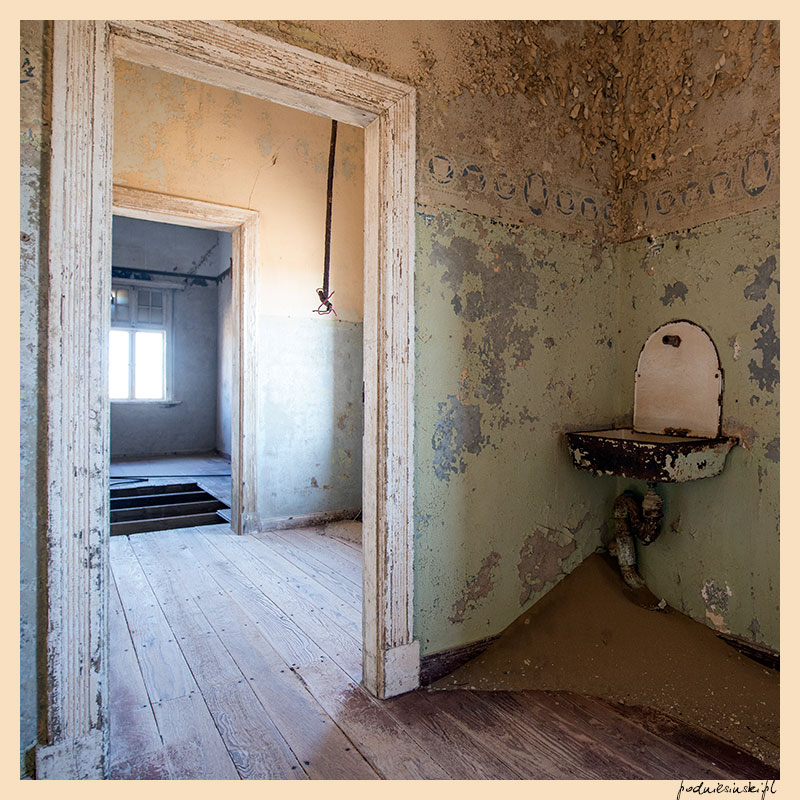















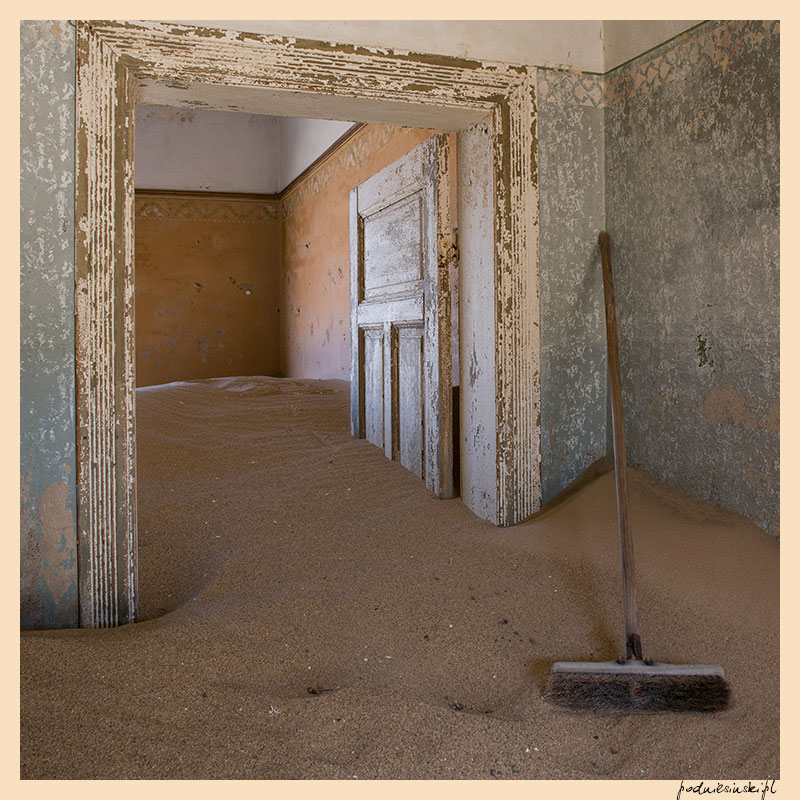




These photos look like paintings. Beautiful shots; love your work.